Genetics: Changes in the womb linked to autism in the child
High levels of serotonin in the womb may up the risk of autism in the child, according to a study published in December in the American Journal of Medical Genetics.
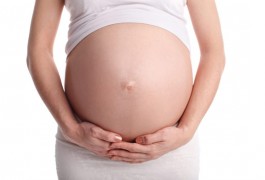
High levels of serotonin in the womb may up the risk of autism in the child, according to a study published in December in the American Journal of Medical Genetics.
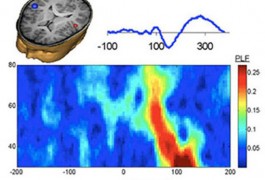
Mice exposed to an epilepsy drug show several features of autism, including abnormal social interactions, repetitive behaviors and patterns of super-fast brain waves, called gamma oscillations, according to a study published 15 December in Biological Psychiatry.
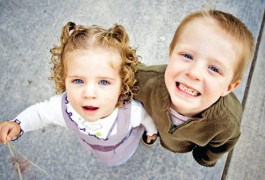
Accounting for gender increases the power of family-wide studies linking genetic mutations with autism, according to a study published in December in Molecular Psychiatry. The researchers use this approach to identify two candidate genes for the disorder.
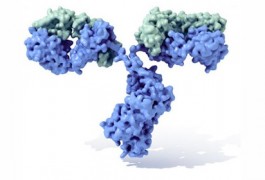
At birth, children with autism have lower blood levels of a class of antibody produced in response to infection compared with healthy controls, according to a report published in December in Autism Research.
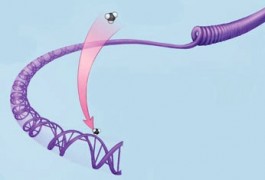
A new drug appears to relieve symptoms of fragile X syndrome by blocking the over-production of a key protein in a subset of people with the disorder, according to a 6 January study in Science Translational Medicine.
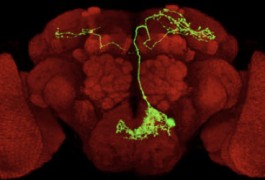
Using tricks of genetic engineering, researchers in Taiwan have created the first comprehensive map of the myriad neuronal connections in the fruit fly brain. The findings appeared 11 January in Current Biology.
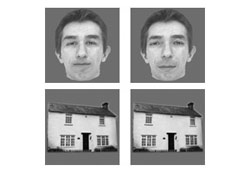
Relatives of individuals with autism recognize faces and emotions better than people with autism do, but not as well as typically developing controls do, according to a study published in December in Autism Research.
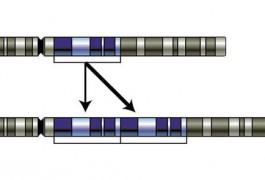
Copy number variations, or CNVs — duplications or deletions of DNA segments — can influence the expression of unrelated genes on the same chromosome, according to a study published in November in PLOS Biology.
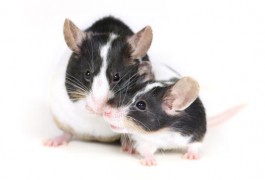
Scientists have created mice that carry mutations in SHANK3, one of the strongest candidate genes for autism. The animals have behavioral and neurobiological features reminiscent of autism, researchers reported 17 December in Molecular Autism.

Teenagers with autism look at faces in pictures a little later than controls do, even when the faces are the most striking part of the image, according to a study published in November in Neuropsychologia. They are as likely as healthy controls to look at other prominent aspects of an image, however.